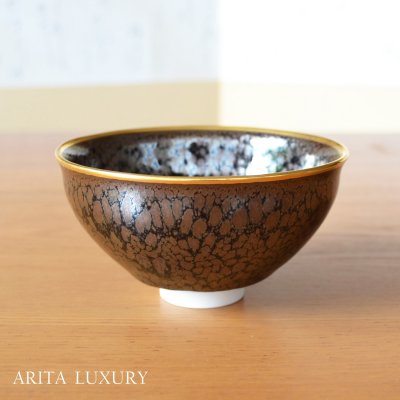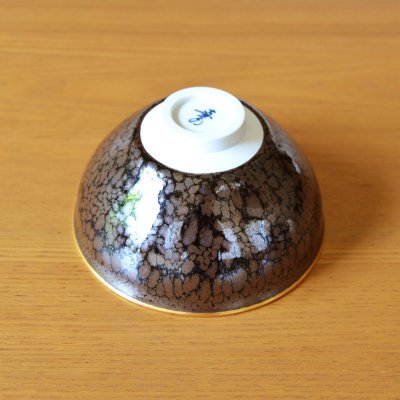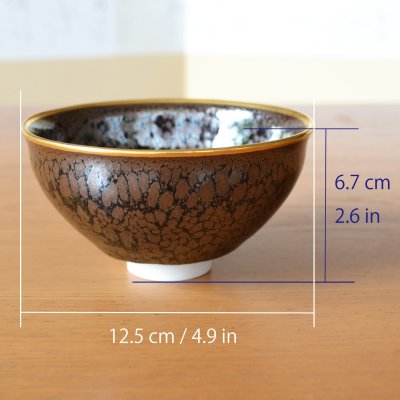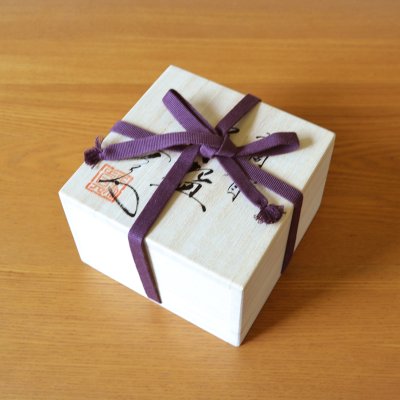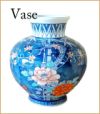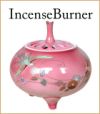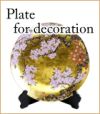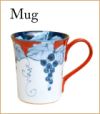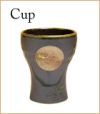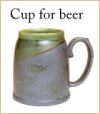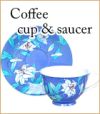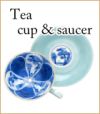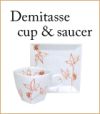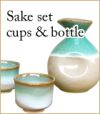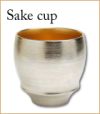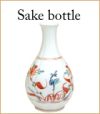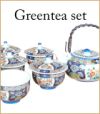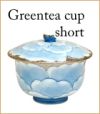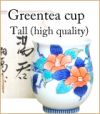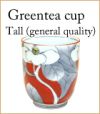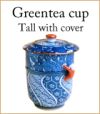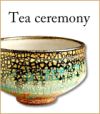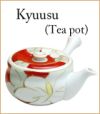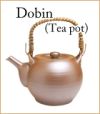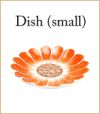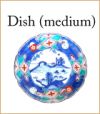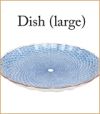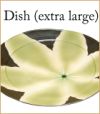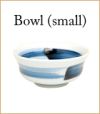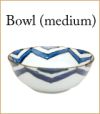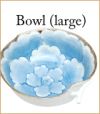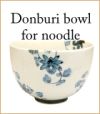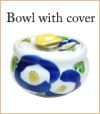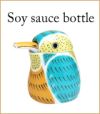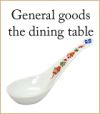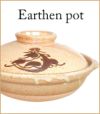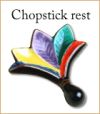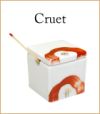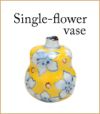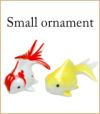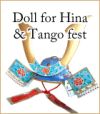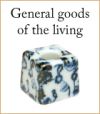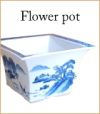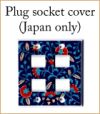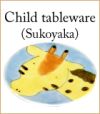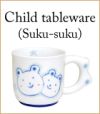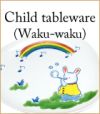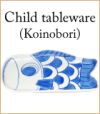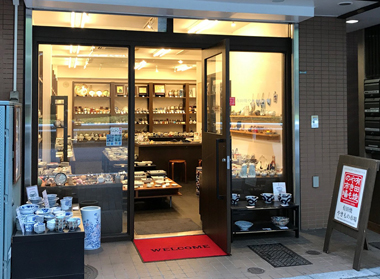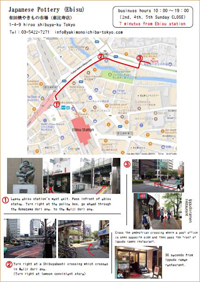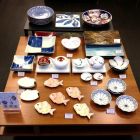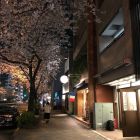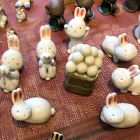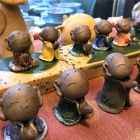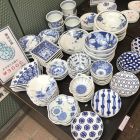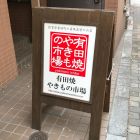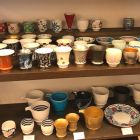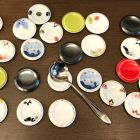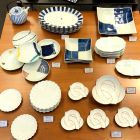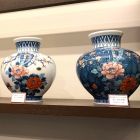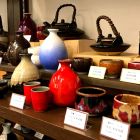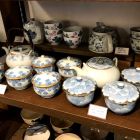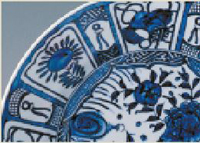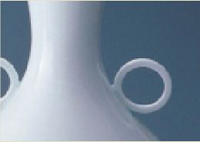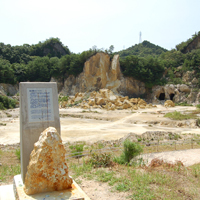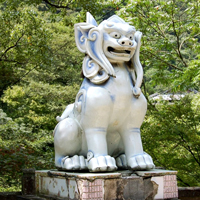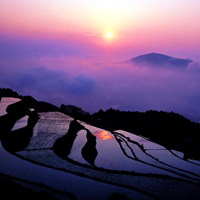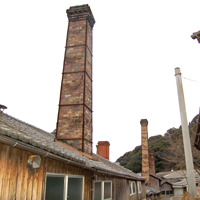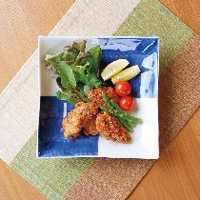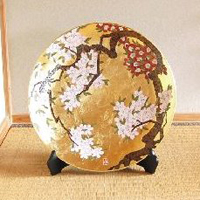Tea Bowl Yuteki-Tenmoku | The first-generation head of the Shinemon Kiln [146177]
Tea Bowl Yuteki-Tenmoku | The first-generation head of the Shinemon Kiln
[146177]
Price: 220,000JPY
Weight: 400g
Low stock
[size]
Width: 12.5cm / Height: 6.7cm
Width: 4.9in / Height: 2.6in
-----------------------
This is a work by the predecessor and first-generation master of Shinemon Kiln, Shinichiro Baba (posthumously Shinemon), one of the representative kilns of Arita ware.
As one of the late potter’s posthumous works, this piece had long lain dormant in storage and has only now, after the passage of time, come to light. It represents the culmination of the artist’s mastery and unique aesthetic sensibility, embodying the pinnacle of his artistic journey.
Shinemon Kiln is renowned as a leader in the yohen technique, which requires exceptional skill in manipulating glazes. This work was personally created by the kiln’s first-generation master, Shinichiro Baba. Yohen refers to the transformations that occur within the kiln, where glaze colors and patterns change in unpredictable ways, revealing natural beauty and mystery.
In this piece, the glaze used is Yuteki Tenmoku (“oil-spot tenmoku”). Within the deep black glaze, countless silvery droplets appear, like stars twinkling in the night sky. These distinctive crystalline patterns are formed during the firing process of iron glazes, creating a metallic luster and unique visual depth. True to its name, the motifs resemble oil drops spreading across water?a natural art born from the interplay of chance and inevitability. The vessel reveals different expressions depending on the angle and the light.
Adding to its refinement, the rim is adorned with high-purity gold decoration, lending a subdued yet distinguished brilliance. This delicate embellishment enhances the vessel’s overall presence, offering an elegant resonance each time it is held and admired.
[Potter Profile]
Shinichiro Baba (deceased)
The first-generation head of the Shinemon Kiln
Member of Nitten / Full Member of the Japan Contemporary Arts and Crafts Association / Member of the Saga Prefecture Ceramic Association / Member of the Arita Ceramic Association
[Shinichiro Baba's career is as follows ]
Born in 1924 in Arita, Saga Prefecture
1972: Founded the Shinemon Kiln in Arita.
1979: Selected for the Prefecture Exhibition with "Hexagonal Celadon Bowl."
1981: Selected for the Nitten exhibition with "Oil Spot Tenmoku Large Bowl," subsequently selected 21 times.
1989: Appointed as an art exhibition judge.
2000: Exhibited "Saiun-99" and "Sai-99" at the British Museum in London (Saga Prefecture Ceramic Exhibition).
2004: Exhibited "Saikei" and "Saimon" at the Arita Pottery Exhibition in Germany.
[Main Awards]
1983: Won the First Place Bijutsu Kyokai Prize at the Bijutsu Kyokai Exhibition for "Cinnabar Flower Vase."
1986: Received the Grand Prize and the Contemporary Craft President's Prize at the Contemporary Crafts Kyushu Exhibition.
1996: Awarded the Contemporary Craft Prize at the Contemporary Craft Exhibition for "Akebono no Nagisa."
2000: Received the Full Member Prize at the Contemporary Craft Exhibition for "Rensaku・Sai."
Width: 12.5cm / Height: 6.7cm
Width: 4.9in / Height: 2.6in
-----------------------
This is a work by the predecessor and first-generation master of Shinemon Kiln, Shinichiro Baba (posthumously Shinemon), one of the representative kilns of Arita ware.
As one of the late potter’s posthumous works, this piece had long lain dormant in storage and has only now, after the passage of time, come to light. It represents the culmination of the artist’s mastery and unique aesthetic sensibility, embodying the pinnacle of his artistic journey.
Shinemon Kiln is renowned as a leader in the yohen technique, which requires exceptional skill in manipulating glazes. This work was personally created by the kiln’s first-generation master, Shinichiro Baba. Yohen refers to the transformations that occur within the kiln, where glaze colors and patterns change in unpredictable ways, revealing natural beauty and mystery.
In this piece, the glaze used is Yuteki Tenmoku (“oil-spot tenmoku”). Within the deep black glaze, countless silvery droplets appear, like stars twinkling in the night sky. These distinctive crystalline patterns are formed during the firing process of iron glazes, creating a metallic luster and unique visual depth. True to its name, the motifs resemble oil drops spreading across water?a natural art born from the interplay of chance and inevitability. The vessel reveals different expressions depending on the angle and the light.
Adding to its refinement, the rim is adorned with high-purity gold decoration, lending a subdued yet distinguished brilliance. This delicate embellishment enhances the vessel’s overall presence, offering an elegant resonance each time it is held and admired.
[Potter Profile]
Shinichiro Baba (deceased)
The first-generation head of the Shinemon Kiln
Member of Nitten / Full Member of the Japan Contemporary Arts and Crafts Association / Member of the Saga Prefecture Ceramic Association / Member of the Arita Ceramic Association
[Shinichiro Baba's career is as follows ]
Born in 1924 in Arita, Saga Prefecture
1972: Founded the Shinemon Kiln in Arita.
1979: Selected for the Prefecture Exhibition with "Hexagonal Celadon Bowl."
1981: Selected for the Nitten exhibition with "Oil Spot Tenmoku Large Bowl," subsequently selected 21 times.
1989: Appointed as an art exhibition judge.
2000: Exhibited "Saiun-99" and "Sai-99" at the British Museum in London (Saga Prefecture Ceramic Exhibition).
2004: Exhibited "Saikei" and "Saimon" at the Arita Pottery Exhibition in Germany.
[Main Awards]
1983: Won the First Place Bijutsu Kyokai Prize at the Bijutsu Kyokai Exhibition for "Cinnabar Flower Vase."
1986: Received the Grand Prize and the Contemporary Craft President's Prize at the Contemporary Crafts Kyushu Exhibition.
1996: Awarded the Contemporary Craft Prize at the Contemporary Craft Exhibition for "Akebono no Nagisa."
2000: Received the Full Member Prize at the Contemporary Craft Exhibition for "Rensaku・Sai."
 |
Import duties, taxes, and charges are not included in the item price or shipping cost. When a duty occurs, you are responsible for paying Customs Duties. |
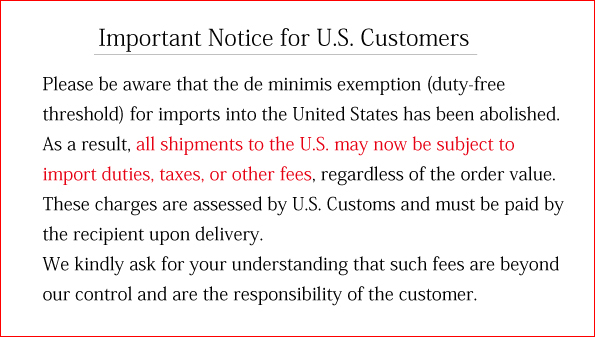 |
 |
Source: www.exchange-rates.org
